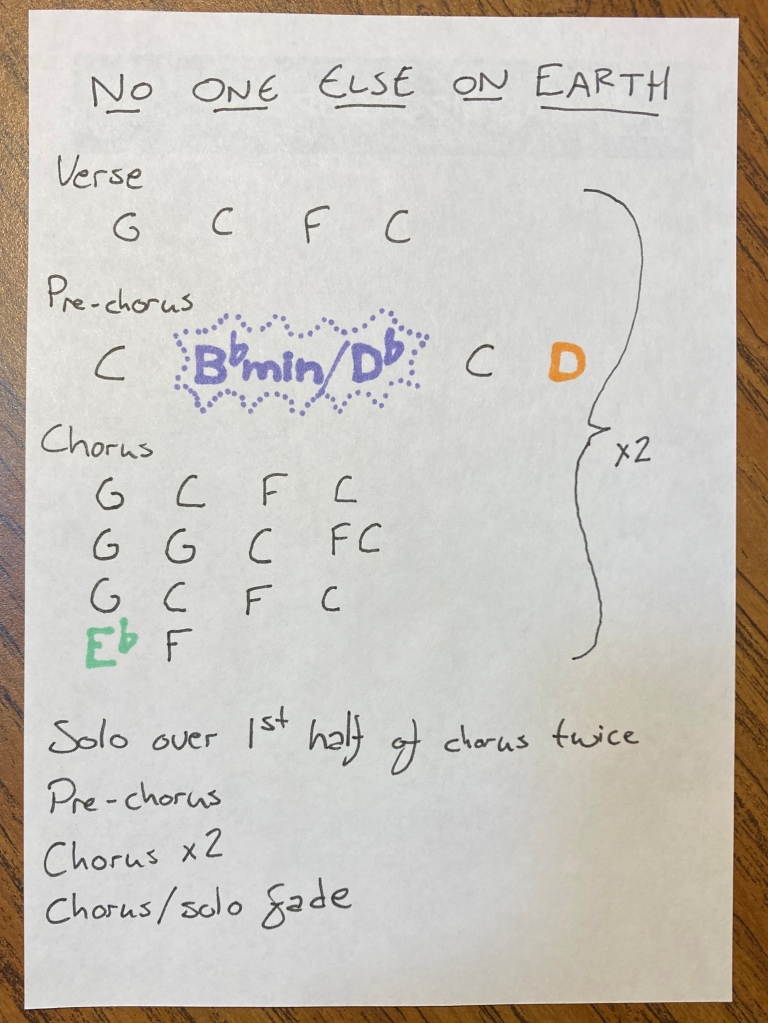
Songs that strictly color within the lines have no appeal, but indiscriminate scribbling is hardly the answer.
Every now and then, you’ll come across a page in the coloringbook of pop music where someone has put the wrong color in just the right place. What might have been a perfectly neat but bland time-killer is instead worthy of framing.
“No One Else on Earth” opens with a very basic chord progression. If you played it on a piano, you’d be using only the white keys. Wynonna is singing about how she fences off her heart, and the music reflects this stable but dull existence.
Then comes the pre-chorus, where love sneaks in under the wire. Two black keys are brought into play—just for two quick beats. In our coloringbook, a boundary has been crossed. But the colorist could not be accused of getting carried away. This is a restrained, surgical transgression.
In fact there are two other places in the song structure where nonstandard chords are used, and for longer durations. But, after that first exquisite stab of chromaticism, they’re not surprising. It’s all part of a design the coloringbook-maker never even contemplated.
